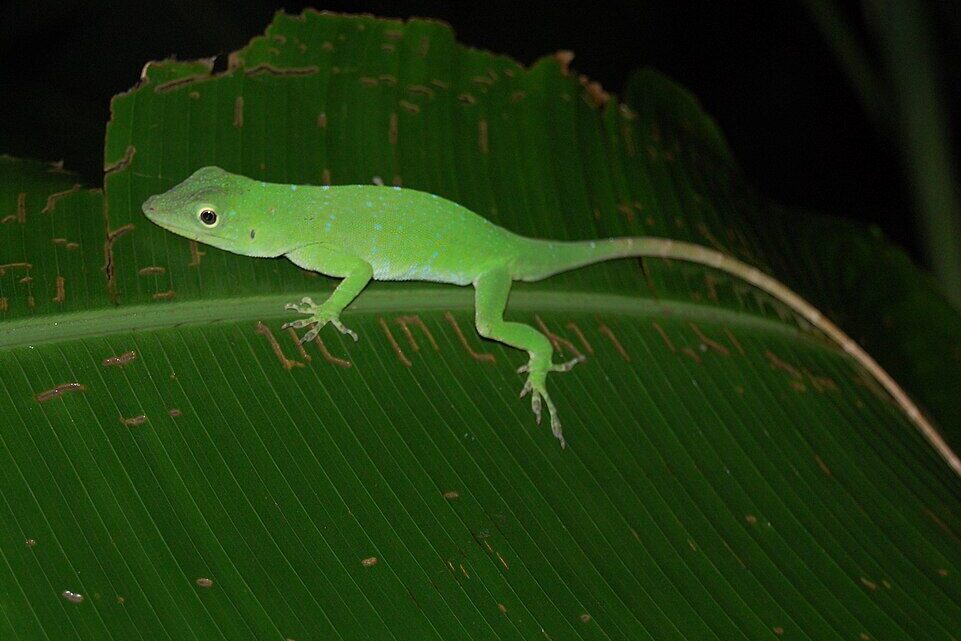
Anolis
Overview
Anolis is a diverse and widespread genus of lizards in the family Dactyloidae, commonly referred to as anoles. With over 400 recognized species, it is one of the most species-rich vertebrate genera. These reptiles are best known for their ability to rapidly change color, their extendable throat fan (dewlap), and their ecological importance in Neotropical ecosystems.
Identification
Anoles vary significantly in size, shape, and coloration, but many have elongated bodies, long tails, and adhesive toe pads that enable them to climb surfaces with ease. Males are typically more brightly colored and possess larger dewlaps, which they use for communication and territorial displays.
Distribution and Habitat
Anolis species are native to the Americas, with the highest diversity found in the Caribbean, particularly on islands such as Cuba, Hispaniola, and Jamaica. They inhabit a wide range of environments, including forests, scrublands, and urban areas. Different species often specialize in specific vertical zones of vegetation, a phenomenon known as ecomorph partitioning.
Behavior and Diet
These lizards are diurnal and primarily insectivorous, although some species may also consume fruit and nectar. Anoles are known for their dynamic behaviors, including head bobbing, push-ups, and dewlap extensions, which serve as communication tools for attracting mates or warding off rivals.
Reproduction
Anolis lizards are oviparous, with females usually laying single eggs at regular intervals during the breeding season. The eggs are often buried in soil or leaf litter, and hatchlings are independent from birth. Reproductive cycles are strongly influenced by environmental conditions like temperature and rainfall.
Ecological Role
As both predators and prey, anoles play a key role in their ecosystems. They help control insect populations and, in turn, serve as a food source for birds, snakes, and larger reptiles. Their flower-visiting behavior, while less common, may contribute to incidental pollination.
Conservation
Most Anolis species are not currently at risk, but some island endemics face threats from habitat destruction, climate change, and introduced predators. Invasive anole species, such as Anolis sagrei, can also disrupt native ecosystems. Monitoring and habitat protection are essential for preserving biodiversity within the genus.
